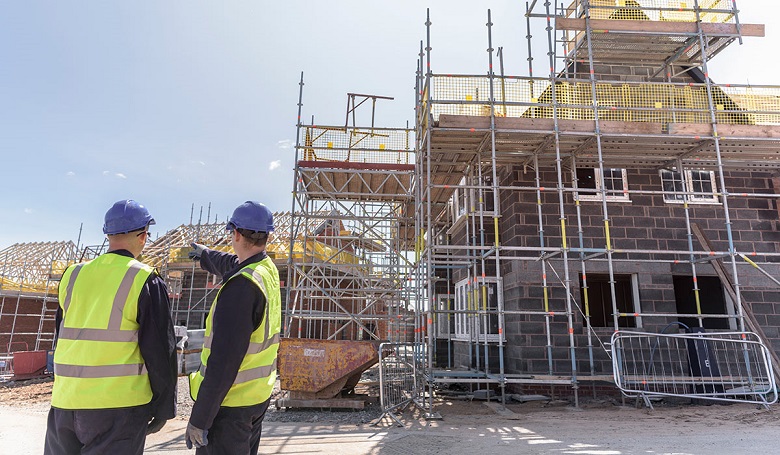
OSLO, NORWAY: The construction industry in Scandinavia is experiencing a significant slowdown, with several factors contributing to the decline. One of the main reasons for the slowdown is the economic downturn, which has led to a reduction in demand for construction projects as individuals and businesses cut back on spending.
Veidekke anticipates a reversal of last year’s growth in the Scandinavian construction markets. Lower demand resulting from higher interest rates and inflation is expected to hit the apartments segment hardest, with the most severe impact being felt in Sweden.
However, a continuing positive trend can be observed in parts of the commercial buildings segment.
“Our forecasts indicate a 6% decline in the Scandinavian construction markets this year, i.e. a reversal of last year’s growth. The greatest drop is expected in Sweden, which also recorded the highest growth figures last year,” says Veidekke Head of Analysis Kristoffer Eide Hoen.
While the forecasts for 2023 are in line with last autumn’s market update, Veidekke has cut its expectations for 2024.
The most important factor behind the decline is the construction of fewer apartments than in preceding years. Reduced demand for residential units is linked to higher interest expenses and the negative impact of inflation on household purchasing power.
Last autumn’s weaker housing market may be attributable to temporary effects, including record sales in the preceding period, falling secondhand residential prices throughout most of 2022 and general economic uncertainty among households.
At the end of Q1 2023, there are signs that secondhand residential prices are stabilising. In addition, the labour market appears stable and domestic migration to urban centres is increasing.
“It is therefore reasonable to expect somewhat greater stability in the market for new residential units following last autumn’s severe drop. However, the market is vulnerable to unforeseen developments and interest rate rises above current expectations,” says Hoen.
In contrast to the residential sector, growth in demand for commercial buildings exceeded expectations throughout 2022, with particularly positive trends being observed in the industrial and logistics segments.
“Rising interest rates and a generally weaker economic outlook indicate that the most likely scenario is a decline from last year’s record levels. However, two potential wild cards are depreciation of the Norwegian and Swedish currencies -which strengthens the competitiveness of many businesses – and high capacity utilisation in many industries. Like last year, business investment levels may well surprise us positively,” says Kristoffer Eide Hoen.
As regards public-sector demand, there are differences between central government and municipalities. Just like businesses, municipalities are exposed to the effects of higher interest rates and financing costs.
An additional factor in Norway is controversy about the merger of municipalities, which has impacted investment levels over the past three to four years.
In the absence of increased central government allocations, the municipal sector is not expected to grow significantly in the next few years, despite its responsibility for key building segments like schools and care homes. However, the civil engineering market – in which central government and energy companies account for the majority of projects and financing – remains strong in all of the Scandinavian countries.
Activity levels are expected to remain high in the transport infrastructure sector, and the energy, water supply and sewerage segments are growing and will account for an increasing proportion of civil engineering projects going forward.
Labor shortages in the construction industry are also playing a role in the slowdown, with a shortage of skilled workers making it difficult for companies to start new projects and meet demand. This has led to delays and increased costs for construction projects, further contributing to the slowdown.
In addition, regulatory hurdles such as strict environmental regulations and zoning restrictions, as well as rising material costs, have made it difficult for construction companies to launch new projects and predict costs and profits accurately.
The COVID-19 pandemic has also caused disruptions in the supply chain, labor markets, and project timelines, leading to further delays and cost increases for construction projects in Scandinavia. Overall, the construction industry in Scandinavia is facing significant challenges, and it remains to be seen how it will adapt and recover in the coming months and years.
Veidekke anticipates boost in the water, sewerage and energy markets